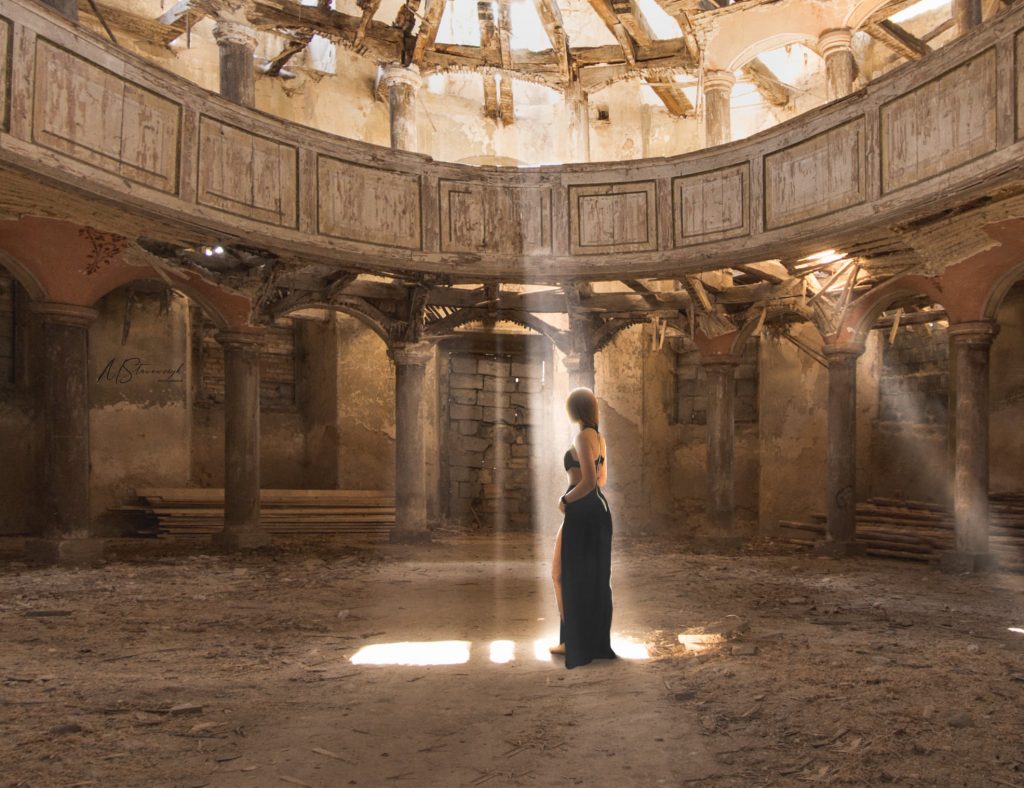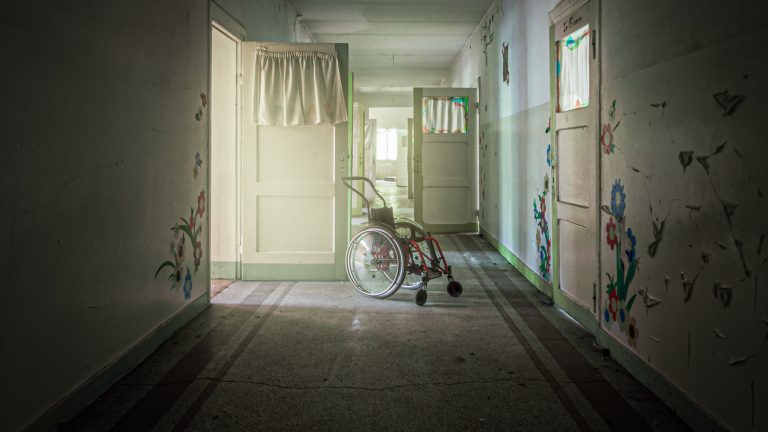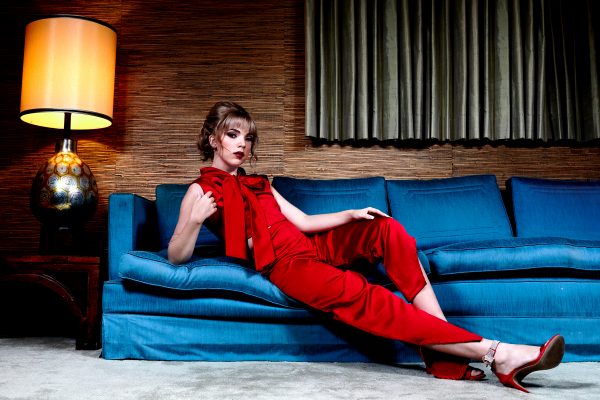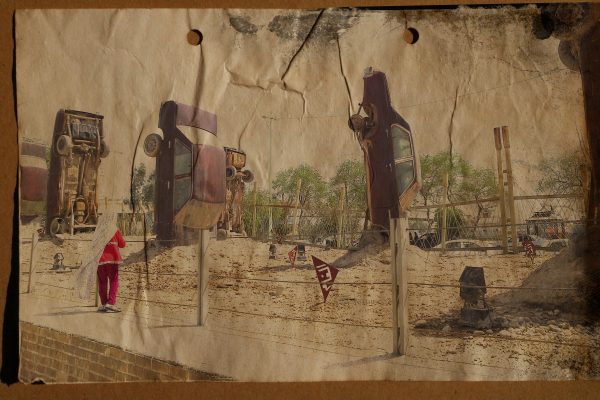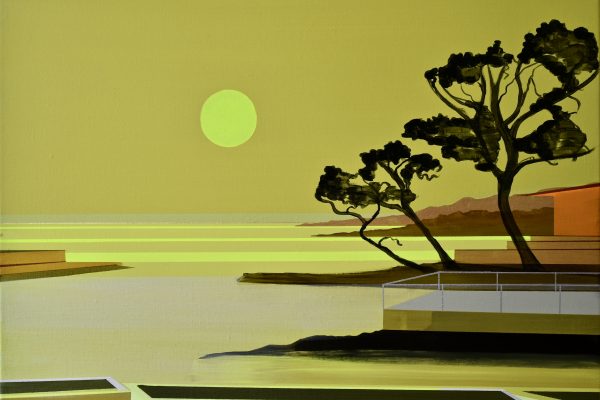Her playing hide-n-seek in an Albanian forest came to an abrupt end.“Hey you, what are you doing there?” a voice asked gruffly. Magda Stawowczyk thought of running but decided to come out of the trees. Defying “No Trespassing” signs, she had earlier crept onto a remote Albanian military base crammed with Ilyushin-76 airplanes.“What’s in that camera, come on, get over here,” barked the gun-toting guard. Two other guards nodded approvingly. A higher-ranking soldier approached them, angrily waving his arms.
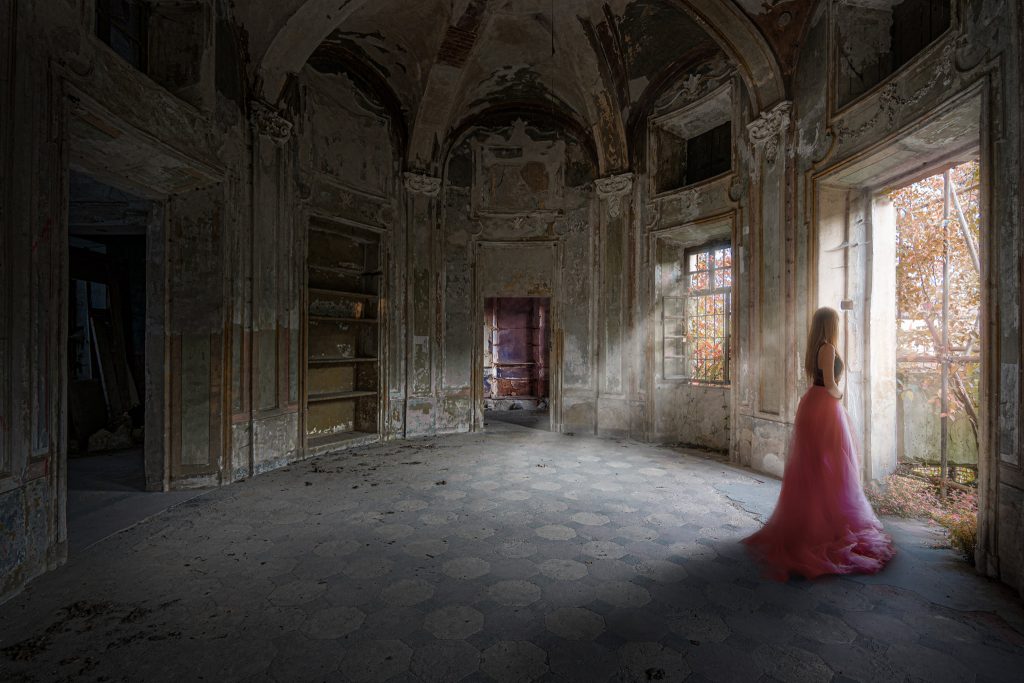
Stawowczyk winced. Convinced “memories and lost possibilities” can be extracted from decay, desolation and abandonment, she had taken photos of the cockpits. The control panels, like those found in obsolete power plants and deserted mental institutions, fascinated her. They were “symmetry, mechanical order, a life that used to be.”Frightened, but maintaining her composure, Stawowczyk somehow managed to persuade the guards that she would delete the photos. She didn’t. Clutching her Sony Alpha 77, she and her fiance ran off. She now chuckles, “What a great experience! I could feel the energy in those planes.”
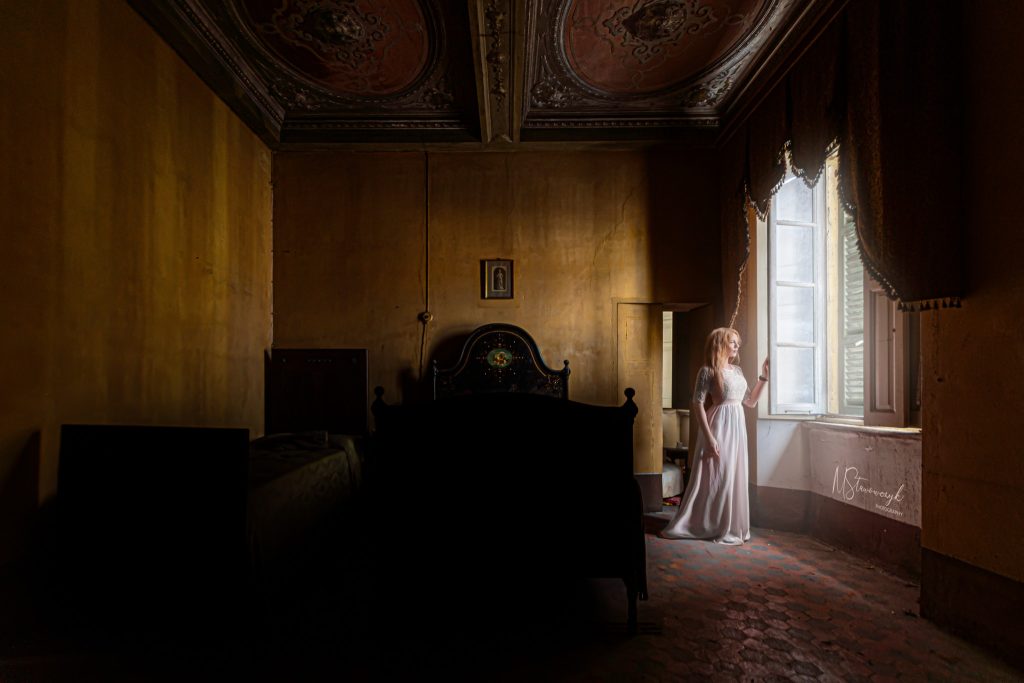
Chasing spirits from the past, Stawowczyk travels throughout Europe to capture images of long lost industrial might and palatial grandeur. An “urban adventurer” from Brzeszcze, Poland, she sneaks past bolted steel factory gates, pokes through rubble in warehouses, and routinely skirts toxic spills in crumbling laboratories. Ruins excite her, prompt her to look further than the debris, dust and rust. Spending hours in once-sumptuous Italian villas, she looks for “signs” of life, photo albums, books, clothing, anything that allows her to reinvent the past. To “live” in another age.
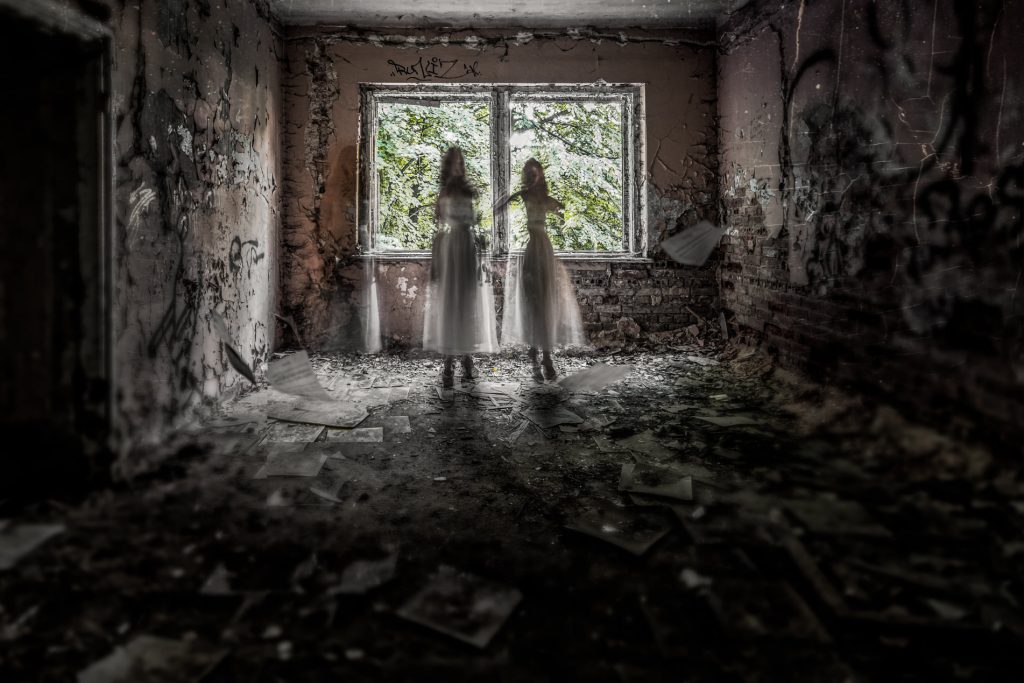
Donning elegant taffeta dresses, she poses in grand palazzo corridors, “plays with the natural light,” and reanimates faded splendor. These frescoed rooms stir melancholy, an eerie sense of post-apocalyptic silence. Depicting that solitude, and reimagining it with new pictorial life is a challenge. But she knows light, its vibrancy, and has fun with it (she “levitates” in a few images). Playing with streaming sunlight and shadows, she expertly creates a range of moods, many with a mysterious aura.
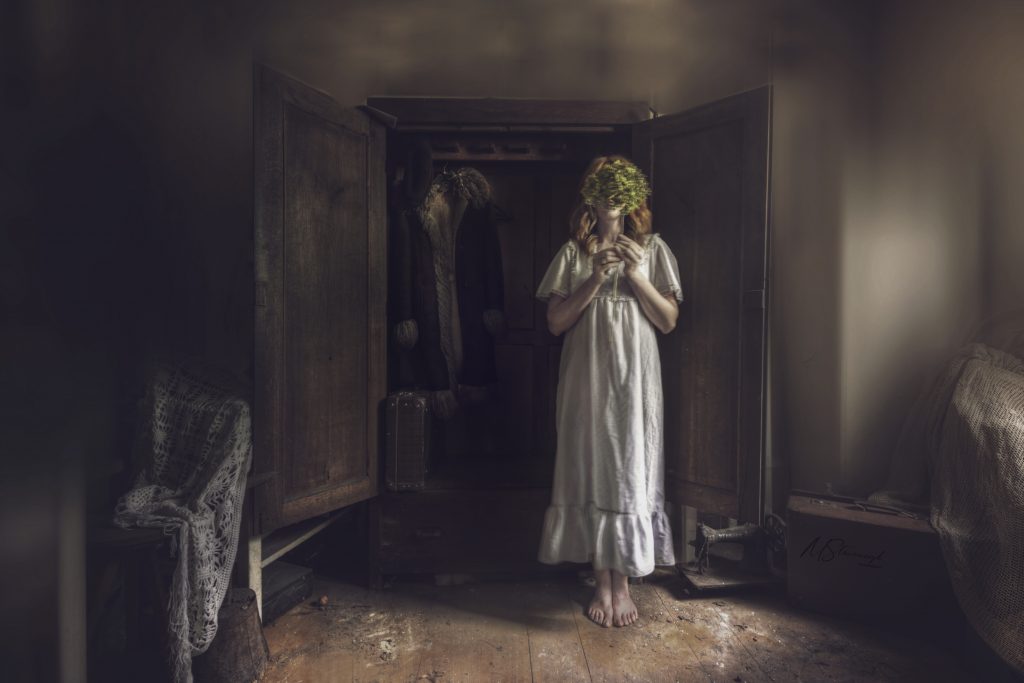
“The quiet, the abandonment, am I addicted to this?” wonders Stawowczyk, who’s pregnant, and “coping with strong emotions, internal problems.” Her father has an incurable disease, and had both legs amputated. Pausing for a few moments to shuffle through delivery orders in her trucking company office, she continues, “Maybe I am addicted. Yes…I keenly like urban exploring even if it is risky.“It’s more important that conceptual photography has helped me deal with my father’s situation. It allows me to escape, to discover places which are seen by very few people. Time stops in these factories and hospitals.”

Unquestionably, there is despair here, the wreckage of obsolescence. In My.Strange World (on Instagram) a series of haunting images, Stawowczyk moves from the confines of a forgotten ramshackle church to a ghostly nuclear plant. She becomes our investigator, palpably capturing estrangement–the human toll exacted by social and economic upheaval.“Chernobyl, I would definitely like going there. People like me and you lived there,” she volunteers, ruefully. “So much loss…when I go into a factory I wonder why it went bankrupt, what went wrong, what happened to the workers. “I feel that sadness in hospitals too…the wheelchairs, the empty beds…there is such emptiness. It’s the same in villas, personal papers, clothing, such nice art work on the walls… but that’s life, there’s a passing.”
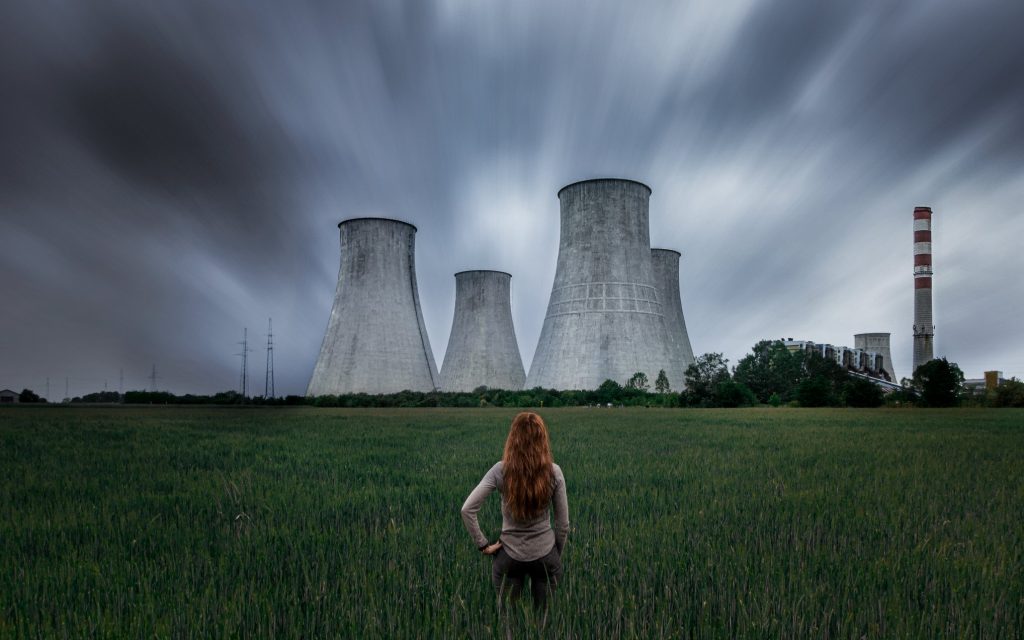
In those mansions and factories, she often closes her eyes, feeling a profound disquiet. But she also looks towards the future, its limitless possibilities. In one photo, she sits under a network of aging pipes, her legs propped on a desk. Staring at a screen with indecipherable writing, she is now in control, the woman who can give jobs to the unemployed. In another image, she stands by a villa window, looking at a glorious horizon. Is she hoping for a miracle that will cure her father? Is she fantasizing about her own future?“My work is theatre…it offers all sorts of interpretations,” she insists, staring at a photo of herself walking into the sea, waves crashing around her. “I can create all sorts of different moods, different worlds. Just look at me, I’m a mermaid, going deep into the water. Nothing can stop me!”
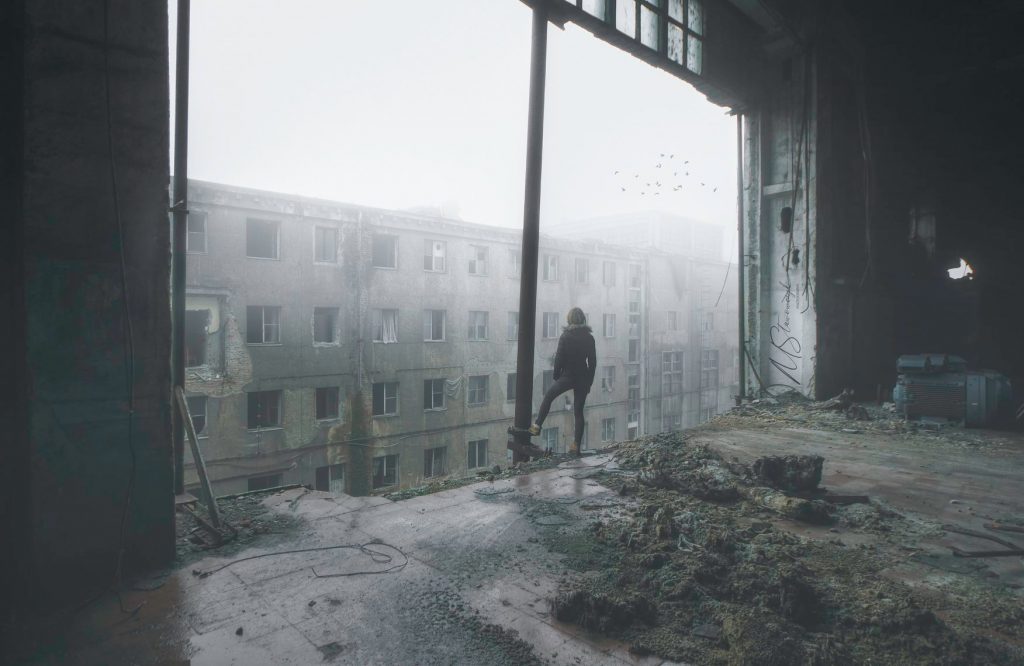
Written By Edward Kiersh
